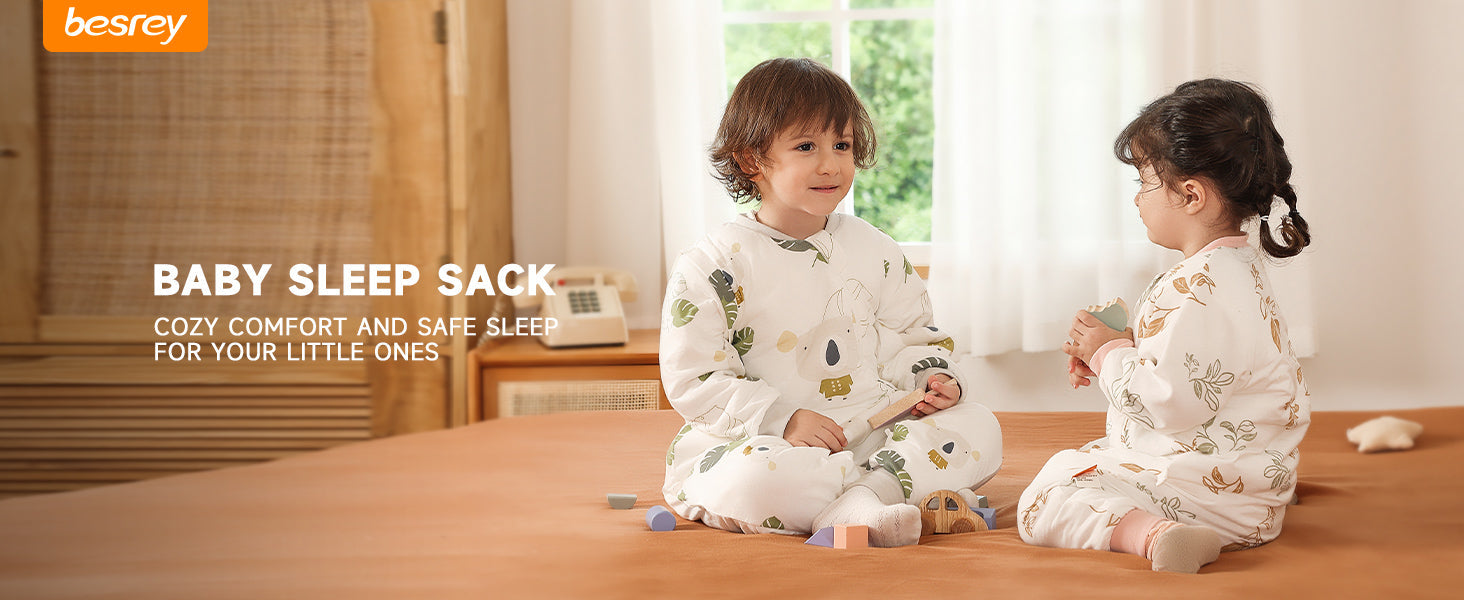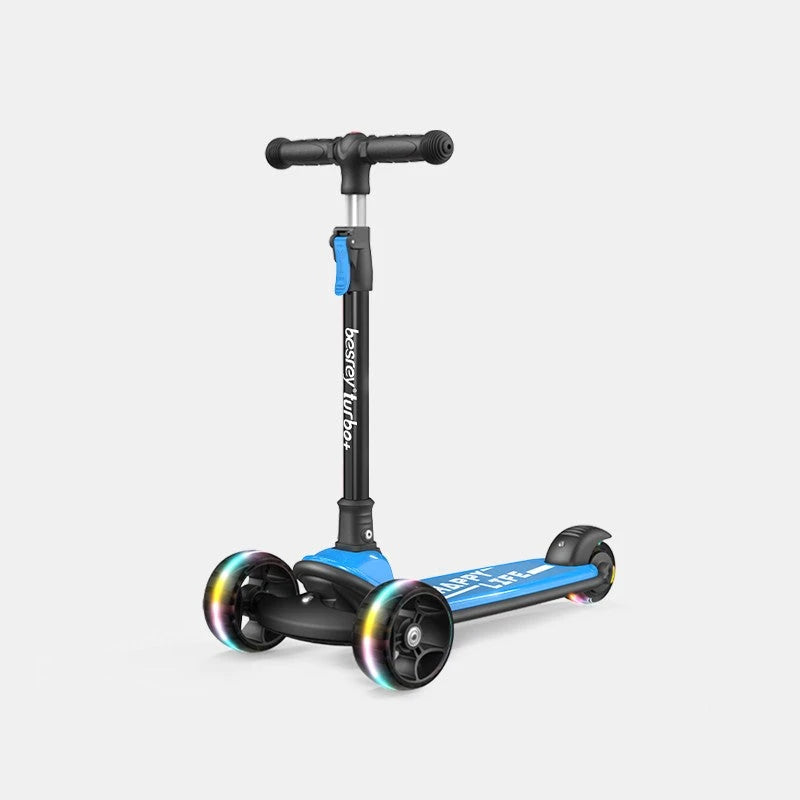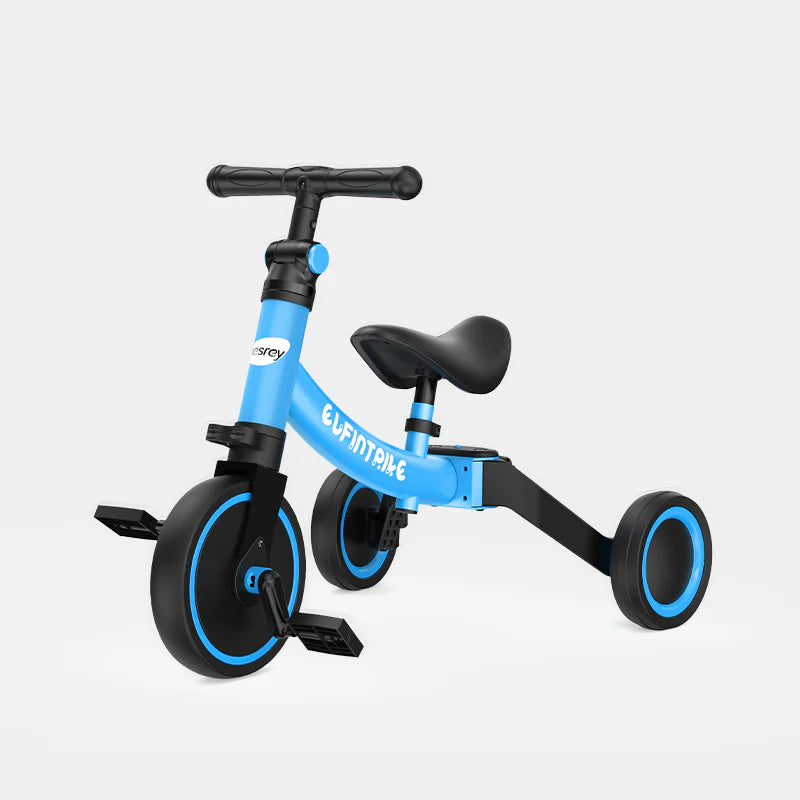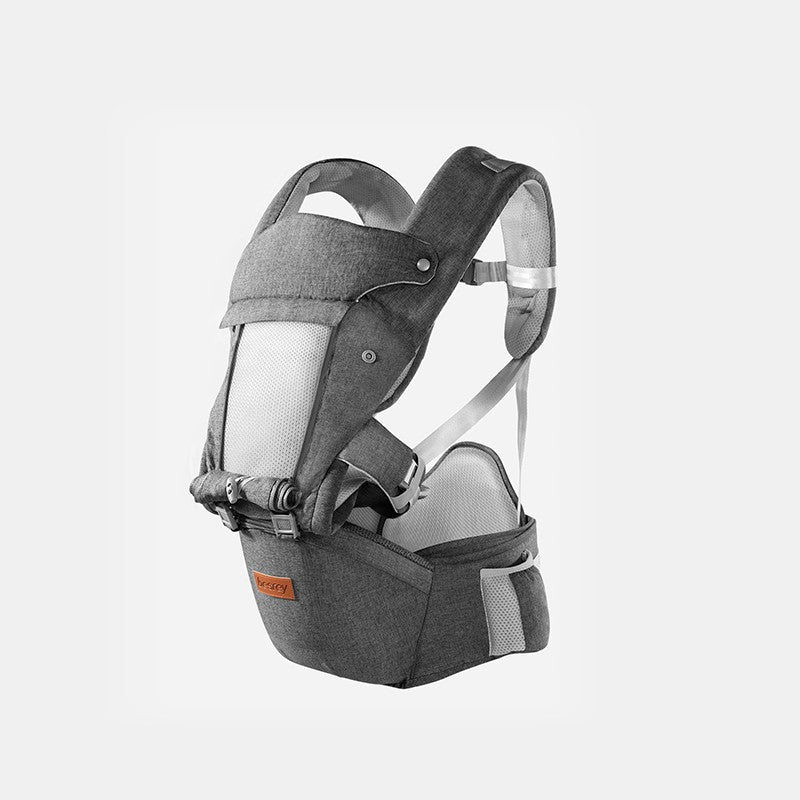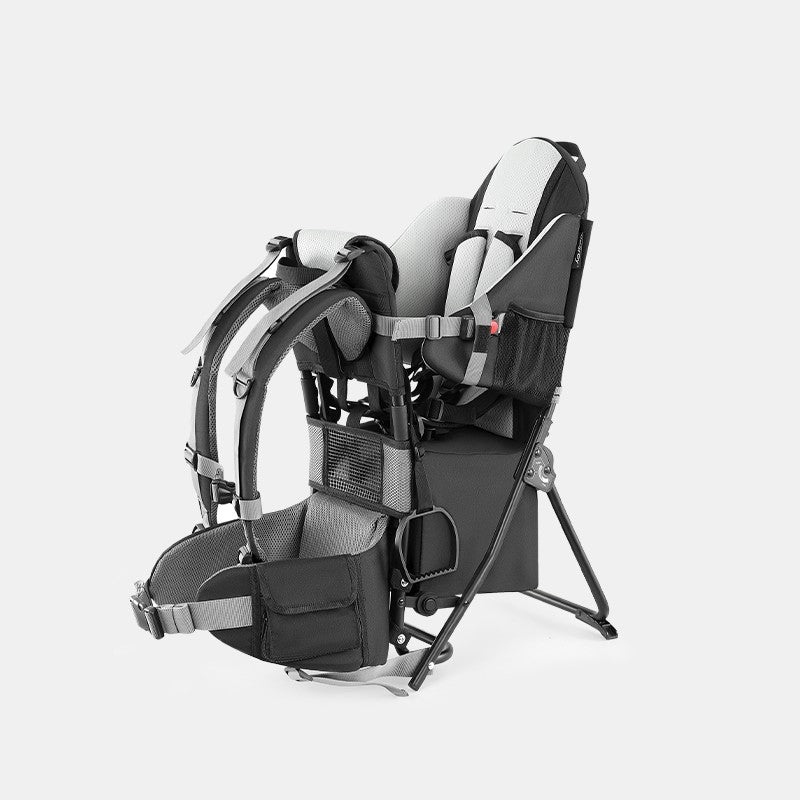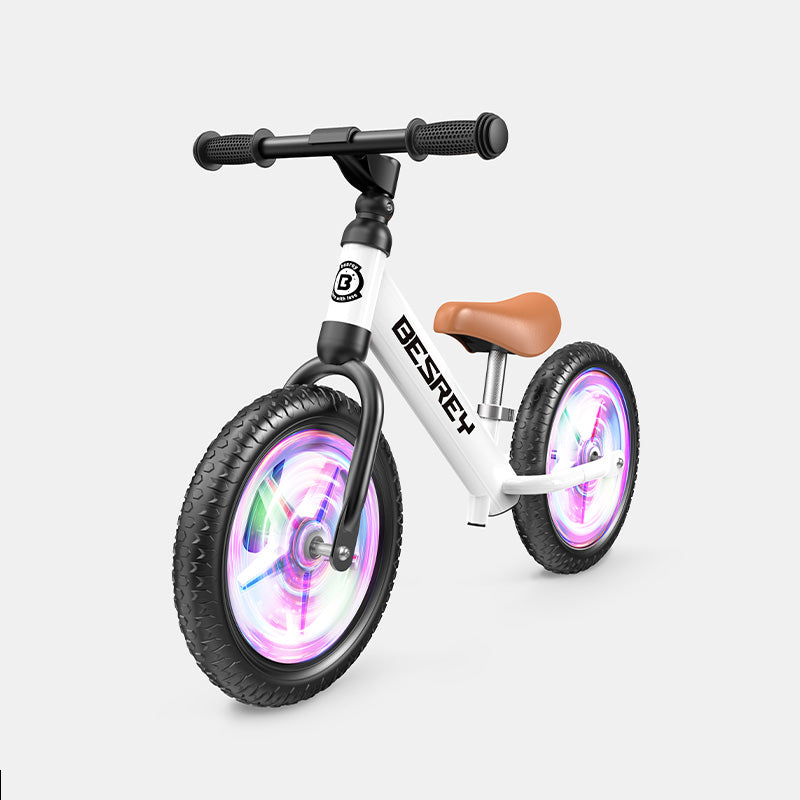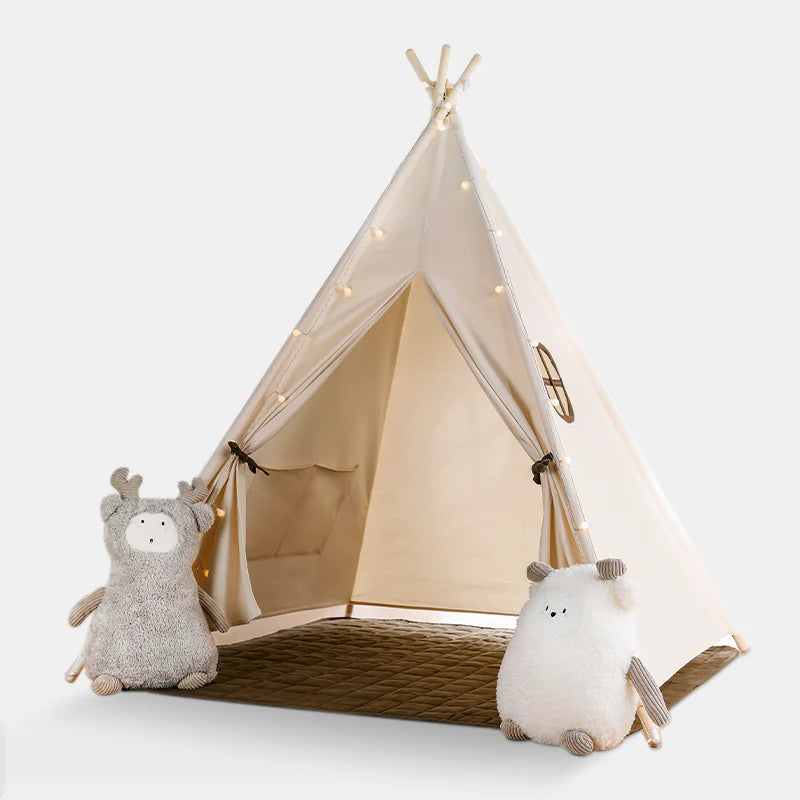Parenting is one of the most rewarding yet challenging journeys anyone can embark on. In today's fast-paced world, it's easy to get caught up in daily tasks and forget the importance of building a strong, positive relationship with your children. Fortunately, there are several simple, effective ways to foster a loving, supportive environment that will benefit both you and your kids. Here are some easy ways to be a fantastic parent.
1. Set Limits
Children need boundaries to feel secure. Setting clear, consistent limits helps them understand what is expected and teaches them about responsibility and respect. Whether it's about screen time, chores, or bedtime, having rules that are fair and age-appropriate gives children the structure they need to thrive. Remember, limits should be flexible but firm enough to teach valuable lessons in self-control and decision-making.
2. Spend Quality Time with Your Kids
In the hustle and bustle of life, it can be hard to carve out special moments for your children. But spending quality time together is essential for building strong emotional bonds. Whether it's a daily activity like reading together, playing outside, or simply having a conversation, make sure you create opportunities to connect on a deeper level. These moments will have a lasting impact on their sense of belonging and security.
3. Be a Good Role Model
Children learn more from what we do than what we say. Being a good role model means showing your kids how to handle emotions, treat others with respect, and manage challenges with grace. They are constantly watching and absorbing your behavior, so set a positive example in every interaction.Whether it's showing kindness, practicing patience, or demonstrating problem-solving skills, your actions will teach them more than any lesson.
4. Praise Your Kids
Positive reinforcement goes a long way in boosting a child's confidence and motivation. Praise their efforts and accomplishments, both big and small, to encourage them to keep striving for success. Be specific in your praise—rather than simply saying “Good job,” try something like, “I love how you worked so hard on that puzzle!” This kind of affirmation helps them feel seen, appreciated, and motivated to continue developing their skills.
5. Trust Yourself
As a parent, it's easy to second-guess yourself or feel overwhelmed by advice from others. But remember, you know your child better than anyone. Trust your instincts and make decisions based on your family's unique needs and values. Parenting is not about perfection; it's about doing your best with love, patience, and consistency.
6. Teach Your Kids Social Skills
Social skills are essential for forming healthy relationships, both at home and in the wider world. Teach your kids the importance of communication, sharing, empathy, and respecting others' personal space. Encourage them to express their feelings and practice active listening, helping them develop the emotional intelligence needed to navigate complex social situations.
7. Teach Gratitude
Gratitude is a powerful tool that can foster happiness and a positive outlook on life. Help your children develop an appreciation for the small things by encouraging them to express thanks regularly. Whether it's through saying "thank you" or keeping a gratitude journal, teaching gratitude encourages kids to focus on the positive aspects of their lives, which contributes to their overall emotional well-being.
8. Make Meal Time Family Time
Meal times are not only for nourishing your body—they are also a time to connect as a family. Set aside distractions like phones or TV, and instead focus on having meaningful conversations. This practice helps children feel more engaged and valued, while also promoting healthy eating habits. Shared meals are an opportunity to model good table manners, communication, and gratitude.
9. Encourage Physical Activity
Physical activity is crucial for a child's health and development. Encourage your kids to be active by making it fun and part of their daily routine. Whether it's playing a sport, biking, hiking, or dancing around the house, regular physical activity helps them build strength, improve coordination, and boost their mood. Plus, it's a great way to bond as a family while promoting a healthy lifestyle.
10. Keep Up with Your Kids' Routine Health Care
Routine check-ups, vaccinations, and dental visits are an important part of keeping your child healthy. Regular health care appointments help catch potential issues early and give you peace of mind. By prioritizing your child's health, you're showing them that their well-being is important to you and setting them up for a lifetime of good habits.
Final Thoughts
Parenting isn't about having all the answers or being perfect—it's about showing up, being present, and making your children feel loved, respected, and supported. By setting clear limits, spending quality time together, praising their efforts, and fostering emotional intelligence and gratitude, you're helping them grow into well-rounded, confident individuals. Trust in yourself, and remember that small, positive actions every day can have a lasting impact on your child's future.


